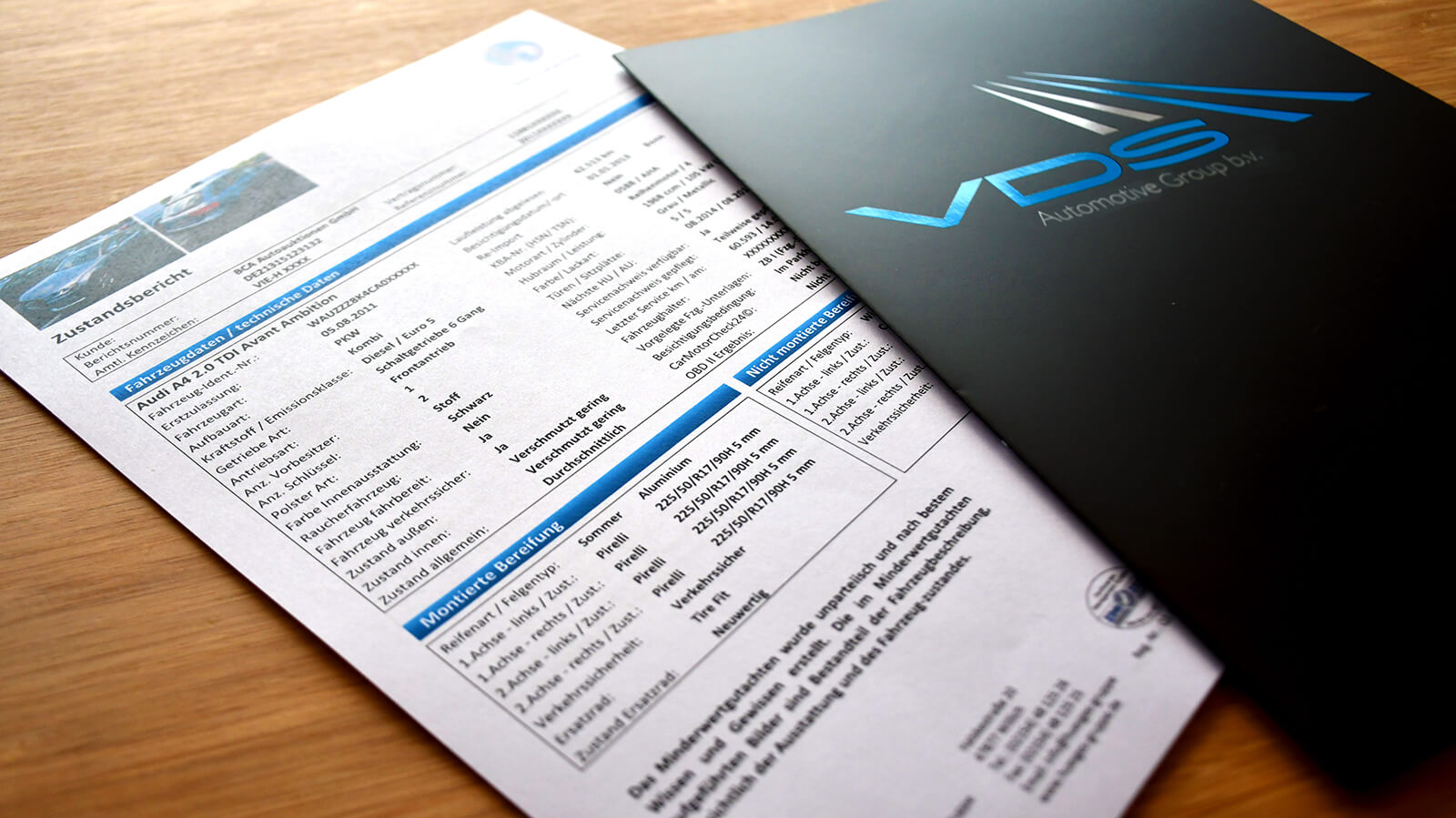
When importing a car, several documents are crucial. In addition to the purchase invoice, the complete, original foreign registration certificate, and the maintenance history, the Certificate of Conformity (CVO) is important. The international term for this document is the Certificate of Conformity (COC). This document contains essential technical data that simplifies the import process.
What is included in a CVO, why do you need it, and how can you obtain this document if it's not with your car? Does every car have a CVO? You can find the answers to these questions in this article.
Why is a CVO necessary?
The CVO is crucial for importing a car. When importing, you need to demonstrate the CO2 emissions to the RDW (Netherlands Vehicle Authority), and the amount of bpm (vehicle tax) to be paid to the Tax and Customs Administration is based on these emissions.
The certificate serves as the official proof of these data. Since 2013, the amount of bpm to be paid is entirely based on a car's CO2 emissions. Since 2018, cars are tested using two methods, NEDC and WLTP. When determining the bpm to be paid, you can choose the most favorable method, sometimes opting for either NEDC or WLTP, depending on which is most advantageous.
So, if you want to avoid overpaying bpm, the CVO is essential for making the bpm declaration with the correct data.

What information is included on the CVO?
The CVO is a document issued for cars produced for the European Union. It certifies that the vehicle complies with the EU's requirements for automobiles and is eligible for registration.
The certificate contains all the technical data of a specific car. Each car has its own certificate, and the CVO is issued based on the chassis number.
The most important data includes the European type approval number and the CO2 emissions. Since the introduction of WLTP, the CVO has become an even more critical document because it lists both the NEDC and WLTP emissions. Foreign registration documents usually indicate only one value and, in some cases, may not display CO2 emissions at all.
What if there is no CVO with the car?
The CVO is only issued for cars produced for the European market. This means that for cars not intended for the European market, there will be no CVO available. For example, when importing a BMW from the United States, a problem may arise because that car was not produced for the European market.
The certificate is available only for:
- Cars (category M1) produced after January 1, 1996, for the European market.
- Motorcycles (category L1) produced after January 1, 2004, for the European market.
- Commercial vehicles (category N1) produced after January 1, 2010, for the European market.
In Germany, the CVO is typically provided with every car. If it's a car produced for the European market but the document is missing, you can request the seller to provide it. If that's not possible, you can often request it through the Dutch importer or dealer.
For cars not produced for the European market, such as those intended for the United States, Japan, or the Middle East, this document does not exist. Therefore, you cannot obtain a CVO for those vehicles.
In such cases, the CO2 emissions are calculated based on a mathematical model. This usually results in a relatively high CO2 emissions value, which means you would have to pay more bpm to register the car.
Another option is to obtain an individual type approval through the RDW or a German individual inspection for the vehicle. This involves testing the vehicle to determine its CO2 emissions.
We can also assist you with these processes. For all the available options, please contact us.
Need more information? Feel free to contact us for advice at import@vdsautomotive.com or by using the contact form.